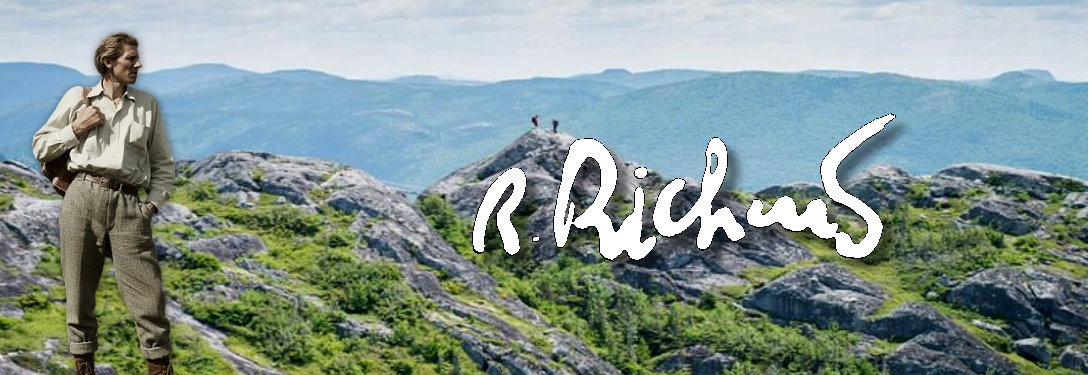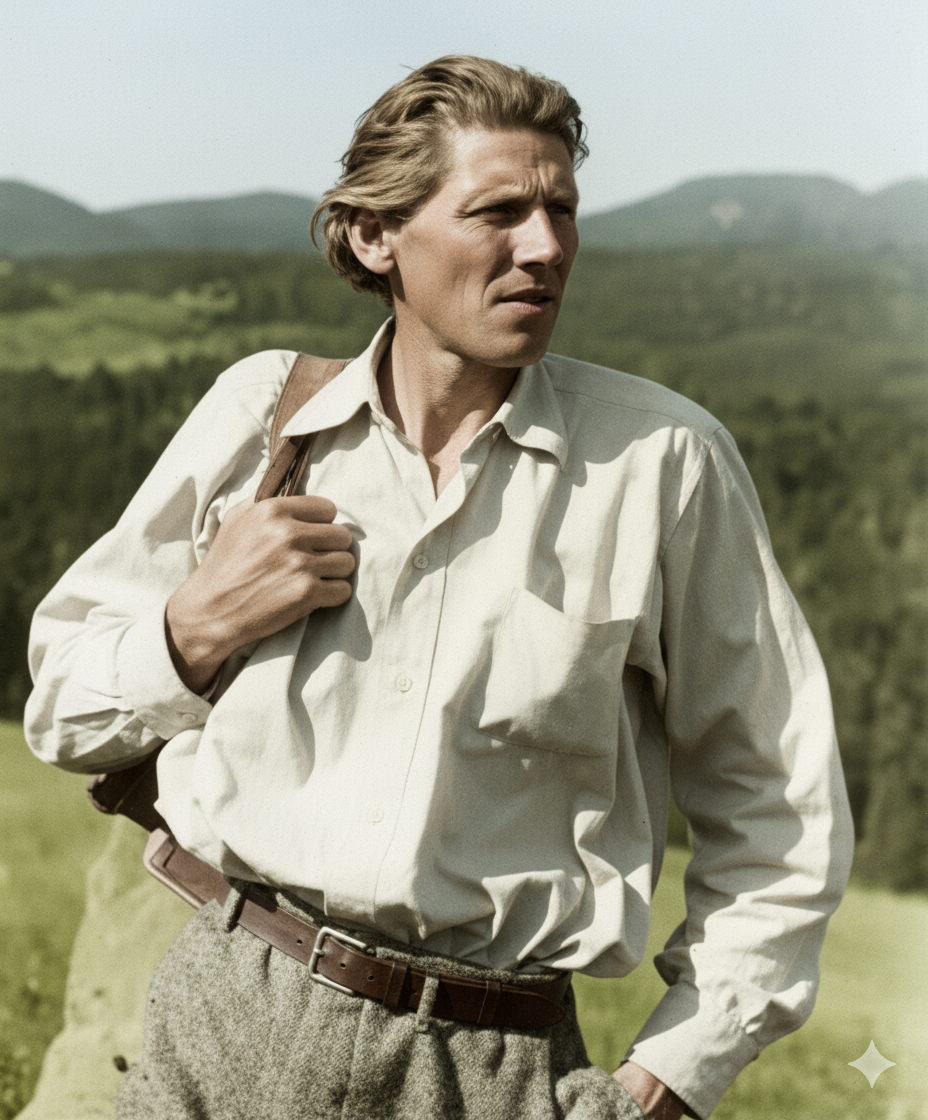RICHARD, René

Available Works
AVAILABLE BOOKS
Abot the artist
Painting, when one really embraces it, can become an adventure where surprises await behind every stroke of the brush, on every new canvas and with every color that springs from the tube onto the palette.
Adventure, real adventure, can lead to painting. Members of the Group of Seven often went on excursions, Tom Thomson was a seasoned outdoors man and Paul Tex Lecor often considered himself more of a woodsman than an artist!
A Quebec artist certainly surpasses most of nature loving artists, introducing the great René Richard!
Born on December 1, 1895 in La Chaux-de-Fonds, Switzerland, René Richard and his family settled in Canada in 1909.
At the age of 18, he became a trapper and “coureur des bois” in northern Alberta documenting his trek in hundreds of drawings.
However, he soon returned to Europe, where he met Clarence Gagnon in 1927.
This meeting awoke in the artist the prospect of a return to Quebec where he knew he could devote himself to his art and his passion for the great outdoors. He returned to Quebec in 1937 and, in 1942, moved to Baie St-Paul. He is, incidentally, at least partially responsible for the reputation of Charlevoix as a Mecca of art in Quebec as Barbizon in France or Tuscany in Italy are!
He quickly became a mainstay of art in Quebec, exhibiting at the Galerie l’Art Français – now Galerie Valentin – the eldest of Montreal galleries where he achieved great success.
In 1952, his trapper’s and “coureur des bois”’s instincts caught up with him and he traveled to Canada’s Far North where he accumulated the subjects and inspiration that would inspire throughout his career.
Starting in the 1950s, artists are more and more oriented towards non-figurative experiments and towards a more intimate art than that of this artist who draws inspiration from the great outdoors. Remarkably, he is still greatly admired and respected for his technique, his expressionist approach and the economy of means that he demonstrates.
Richard is known for his speed and the immediacy that comes from the paintings he makes most of the time on reused wood panels because, for this intense artist, the creative process is more important than the results! It is even said, by certain people who have known him well, that he has destroyed more paintings than he has shown!
In 1967, he had his first official recognition, when the “Musée du Québec” (now the National Museum of Fine Arts of Quebec) devoted a solo exhibition to him. The same museum would hold a major retrospective of his work in 1977.
He was elected for life by the Royal Canadian Academy of Arts and received the Order of Canada in 1973. Canada Post also issued a stamp depicting the Northwest Territories as shown in one of its paintings.
His adopted homeland, Charlevoix, also celebrates Richard’s life and work. The municipal library, inaugurated in 1998, bears his name. The house, he acquired in 1942, is now an art gallery and the artist’s studio can be visited. A commemorative plaque was unveiled in 1982.
An influential and respected artist, Gabrielle Roy’s novel “The Secret Mountain” (1961) tells the story of Pierre Cadorai, an explorer and painter from Canada’s Far North. The character was inspired by the life and work of René Richard.
Active until the end, Richard was a friend and a mentor for several artists like Louis Tremblay and others who are proud to count themselves as the heirs of the old master.
René Richard died in 1982 at the age of 86.

